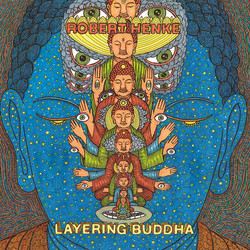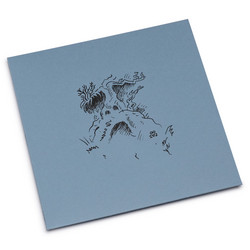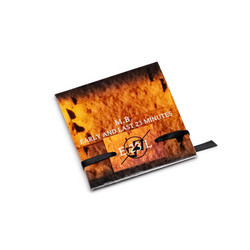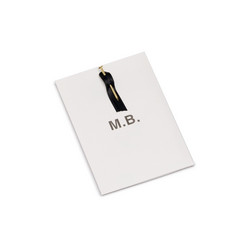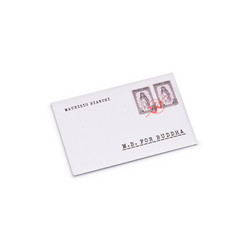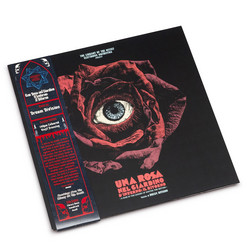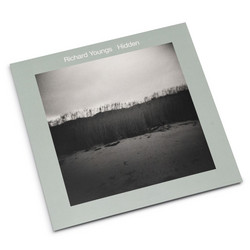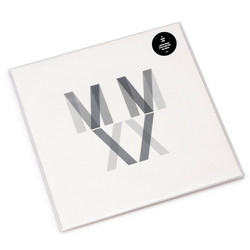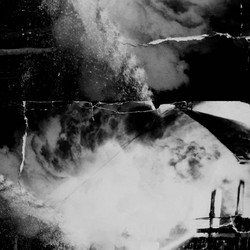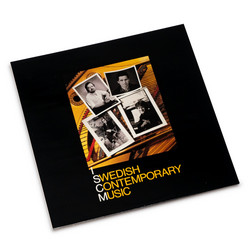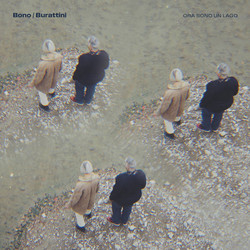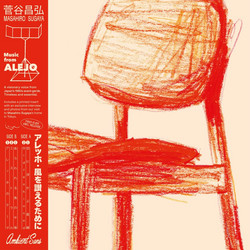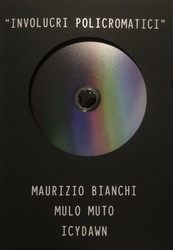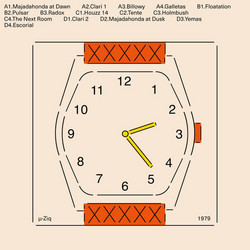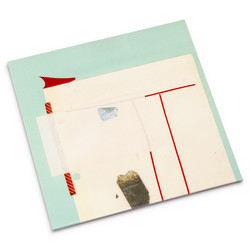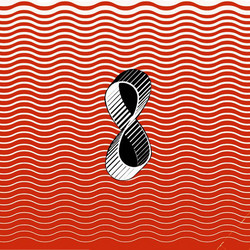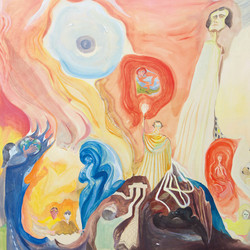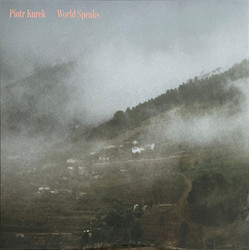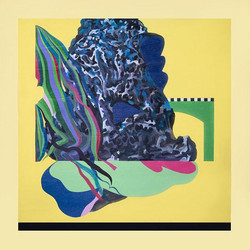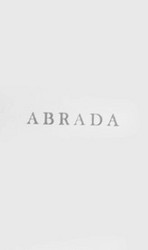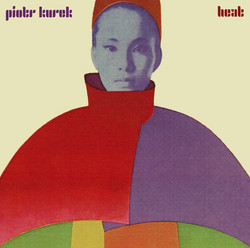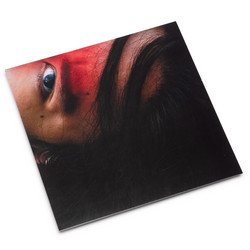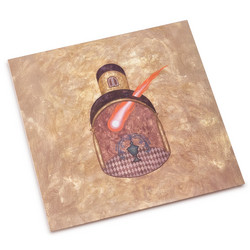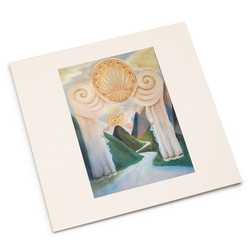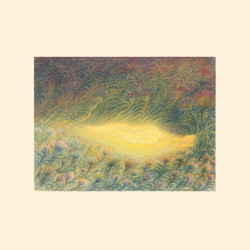We do require your explicit consent to save your cart and browsing history between visits. Read about cookies we use here.
Piotr Kurek
Smartwoods (LP)
Piotr Kurek’s new album “Smartwoods” is a sprawling root system of tiny melodic phrases that loop and curl around subtly evolving instrumental thickets. The Warsaw-based producer and composer takes his cues from early music, baroque music and experimental jazz, entangling his influences with filigree traces of contemporary computer music and fueling it with sonic vapors from the near future. Made up of seven distinct segments, the album blurs its acoustic and electronic elements into an illusory hedge of abstract sound. Harp, saxophone, clarinet, double bass, voices and guitar twist into computerized processes and synthesizer chirps, creating an uncanny dreamworld where the real isn’t always what it seems. Each player is entwined with the other to create a living, breathing whole.
Like Kurek’s painterly 2021 album “World Speaks”, “Smartwoods” is also inspired by visual art - particularly the whimsical work of Algerian-French graphic designer Jean Sariano. The album cover features artwork by Polish painter Tomasz Kowalski, whose shapeshifting creatures and miniature stories aptly reflect the music’s wild fantasy. The first manifestation of “Smartwoods” – a live show at Unsound in Kraków in 2022 – featured animations by Italian artist Francesco Marrello, who put together a visual treatment for the single “Harps”.
Piotr Kurek’s music reminds me of the video game Monument Valley. The main character manipulates monuments and creates evolving paths to explore new, surreal, and mysterious worlds. The perception of space and gravity changes, graphic visuals confuse the eye, and subsequent stages show different landscapes. This Polish instrumentalist, film and theatre music composer explores various aesthetics and performance techniques, aiming at creating imaginary musical spaces. In the late 1990s, he formed the breakcore group Ślepcy and later developed his solo recordings. Inne Pieśni was based on processed, looped excerpts of Wallachian, Serbian, and Albanian songs. Heat was inspired by tropical field recordings, dressed in the sound of Rhodes, organ, and synthesizer.
A year ago, in World Speaks, he combined vocal modulations with reeds and organs, building a mystical and polyphonic tale. Recent years have also seen a rash of his music for theatre (two albums released by Mondoj) or films like Sweat or this year’s unusual, slightly surreal Mammalia. In each case – whether dark synth passages, tropical sound fantasies, baroque inspirations, vocal modulations, or a post-krautrock pulse – his recordings have some lightness and mystery, which are Kurek’s trademark.
Smartwoods is no different. Initially, most instruments were programmed in MIDI, but later recordings of this material were made on acoustic instruments and presented at the Unsound Festival. Kurek’s combination of baroque music and jazz lyricism, seemingly evoking associations with the polished sound of ECM or dreamy electronica, may give the impression of an easy-listening, pleasant soundtrack. The point, however, is that the catchy pulsations played by Anna Pašic on harp, the double bass background by Wojtek Traczyk, or the flute parts by Tomasz Duda and Kurek on keyboards, MIDI controller, and guitar build up an atmosphere of a surreal story, leading us through a labyrinth of skillfully constructed compositional juxtapositions. Emerging harmonies, micro-sounds, and punctuated playing of acoustic instruments merge into a non-intrusive atmosphere. The music does not explode; everything sounds close to the ear, intimate, like you are in a small room with all the musicians. Kurek joins acoustic layers with electronic modulations, sometimes going so far that we don’t quite know the source of the sound at any given moment. There are tracks when the harp sound is distorted, the brass is stretched, and an electric guitar weaves over everything dreamily, as you can hear in ‘Klamm’ or ‘Noa’. It reminds me of soundtracks to fairy tales, acid early music, and baroque suites. But each time, something doesn’t fit with the label. He is somewhere between. That’s what makes the album so unusual.
Smartwoods is like a weird soundscape to some surrealist story, which reminds me of the painting with shape-shifting figures on the cover of the record by Tomasz Kowalski. There is nothing catchy here, no pop melodies or chords, and the music flows smoothly but linearly. However, it has a magnetism and enough hypnotizing phrases to pull you into it increasingly with each listening of this semi-acoustic, semi-programmed combination of folk, quasi-chamber, and artificial imaginary ensemble.
Piotr Kurek’s Smartwoods comes on gradually, then all at once. An electric guitar plucks out a tentative phrase; a harp responds with unhurried plucks; metallic taps, like steel pans, add shading. Finally, an acoustic bass draws a thick, smudgy line on the ground, while harmonized woodwinds breathe the rest of the picture into being. The stereo field fills in the way that pavement darkens, drop by drop, in the opening moments of a light rain. But here, instead of mottled asphalt, we’re presented with a sumptuous wash of color, a soft pointillism of rich pastels. Over the next 36 minutes, Kurek and his players extend that approach across seven alluringly splotchy tracks that aspire to the condition of abstract painting.
Kurek’s last album, Peach Blossom—released just this past April—was a very different affair. There, the Warsaw-based composer focused his attention on the disorienting effects of Auto-Tune and an unsteady mix of acoustic and resolutely digital timbres. Smartwoods’ palette, in contrast, is largely acoustic, emphasizing Anna Pašic’s harp, Tomasz Duda’s woodwinds, and Wojtek Traczyk’s double bass. But the longer you spend inside this odd, diaphanous landscape, the more you may come to suspect that its seeming naturalism is an illusion. Listen carefully, and the album is awash in alien squiggles.
Unassuming instrumental timbres occasionally wobble in place as though flicked by a fingertip. A minute into the first track, a pitch-shifted twinge of harp sounds like a cartoon projectile ricocheting off a bouncy castle; later in the same song, a vocoded swoosh shimmers and extinguishes like a hologram. Halfway through the album, there’s a splash of synthesizer that we haven’t heard before and won’t hear again. All of these moments display Kurek’s signature knack for defamiliarizing the conventional—and making the unfamiliar feel like second nature.
Occasionally, what sounds like a human voice murmurs a single, wordless syllable and falls silent again, as though clearing the throat for an utterance that never comes. Like the synthesized glissando that periodically plunges across King Sunny Adé’s Juju Music, these flashes of otherness are fleeting; they feel like tiny, temporary portals to another world.
Smartwoods’ broad, slightly ragtag swatches of color—reminiscent of Richard Diebenkorn, perhaps, or Helen Frankenthaler—are loose in form and ambiguous in mood. Songs can feel playful, even naive; their moderate tempos and hazy palette, frequently carried by flute or clarinet, have a relaxed, bucolic air. Yet these whimsical worlds, like those of fairy tales, are shadowed by a vaguely ominous undercurrent. There are hints of disturbance beneath the placid surface, as the music is tugged ceaselessly between consonance and dissonance. There’s a weird contradiction at play: You may find yourself wondering why, given the music’s sunset hues and dandelion-tuft drift, you feel so unsettled.
It’s not easy to get a foothold in this cotton-candy terrain. Many of the album’s tracks share the same key, and the palette remains uniform throughout. There are few hummable melodies. Kurek’s arrangements frequently sound like he has taken a passage from Talk Talk’s Laughing Stock and twisted the focus ring until there’s nothing visible beyond spongy globs of blown-out bokeh. But that apparent formlessness is also one of Smartwoods’ great achievements. Listening back to recordings of Kurek’s quartet at Krakow’s Unsound festival last fall, where they premiered this material, the live performance often sounds remarkably faithful to the album versions. That’s striking, because it means that what here sounds largely improvised, as incidental as a rock tumbler full of colored pom-poms, may well be carefully composed, mapped out note by note. There is an elusive logic snaking through this strange, elastic record, and trying to tease it out is half the fun..
Related products
More by Piotr Kurek
Become a member
Join us by becoming a Soundohm member. Members receive a 10% discount and Free Shipping Worldwide, periodic special promotions and free items.
Apply hereSoundohm is an international online mailorder that maintains a large inventory of several thousands of titles, specialized in Electronic/Avantgarde music and Sound Art. In our easy-to-navigate website it is possible to find the latest editions and the reissues, highly collectible original items, and in addition rare, out-of-print and sometime impossible-to-find artists’ records, multiples and limited gallery editions. The website is designed to offer cross references and additional information on each title, as well as sound clips to appreciate the music before buying it.
Soundohm is a trademark of Nube S.r.l.
